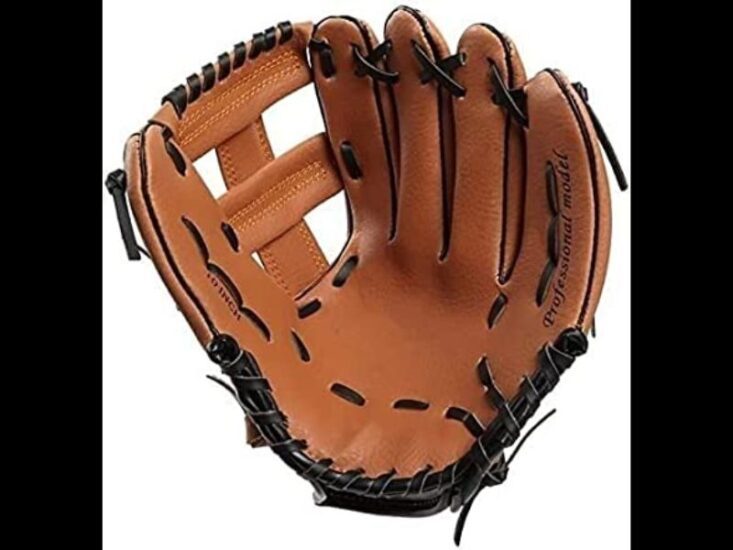It’s crucial to pick a baseball glove that fits properly when it comes to the sport. The right glove size guarantees a snug fit, superior control, and the ability to make pinpoint throws and catches. There are many various sizes of gloves available, so picking the right one for your hand could be challenging.
This post will provide complete instructions on “How Do I Choose the Right Size of a Baseball Glove?”. From measuring your hand to assessing your position, we will look at a variety of aspects to assist you make an informed selection.
Measuring Your Hand
Taking your hand measurements is the first step in finding the perfect baseball glove. Determine your hand size with the help of a string and ruler or a flexible measuring tape. First, use your middle finger as a measuring stick from your palm’s base to its tip.
To some extent, the length of your hand will determine how long of a glove you need. To further customize your fit, measure your hand’s circumference just below the knuckles.
The width of the glove can be estimated with this measurement. If you already have your dimensions, you can compare them to the sizing charts provided by glove manufacturers.
Considering Age and Position
Consider your age and your location on the field when making your baseball glove selection. Kids and teens typically have smaller hands, so it’s important that they wear gloves that fit properly.
The lower size of these gloves makes them ideal for younger athletes. For comparison, adult gloves are typically 12-13.5 inches in length, whereas youth gloves are typically 9-12 inches in length.
It’s also important to consider your role while selecting a glove size. Infielders need smaller gloves (10.5–11.75 inches) for quicker transfers and more control.
Outfielders, on the other hand, need gloves that are between 12 and 13.5 inches in length so that they can cover more ground.
Gloves between 11.5 and 12 inches are the sweet spot between control and protection for pitchers. Catchers require mitts with additional padding and larger size, often between 32 and 34 inches, to withstand high-velocity pitches and protect their hands.
Patterns and Styles of Gloves
Selecting the proper baseball glove requires knowledge of not only size, but also of the various designs and styles available. The two most common styles of gloves are closed and open webbing.
Closed webbings, such as the basket web or the modified trap web, are preferred by pitchers and infielders because the ball is more concealed. Open webbings like the H-web and trapeze web allow outfielders to see the ball better, allowing them to track and catch more fly balls.
Fit and performance can also be affected by the type of glove used. There are gloves that fit more snugly than others. Although breaking in a new pair of shoes can take time, the benefits of a snug fit are worth it.
Conversely, a looser fit reduces discomfort and shortens the breaking-in period, but it may also reduce the wearer’s ability to exert control. Think about your personal preference and the role you perform when deciding whether you want a tight or loose fit.
Testing with Different Gloves and Brands
It’s time to try on a variety of gloves once you know your hand size, age, occupation, and favorite glove pattern/style. Trying on gloves in person or ordering multiple sizes online might help you find the best fit because sizing varies by manufacturer.
Remember that gloves should fit snugly but not too tightly, so that fingers can move freely. Observe how the glove fits on your hand and how it feels as it closes around the ball. A well fitted glove should instill a sense of calm assurance in the player’s ability to make plays on the field.
Conclusion
This page provided detailed advice on “How Do I Choose the Right Size of a Baseball Glove?” so that you may have the best possible fit. If you want to play your best baseball and feel your best while doing it, picking the right glove size is essential. Knowing your hand size, your age, your occupation, the patterns and designs of gloves, and trying on a variety of gloves will help you select the perfect pair.

